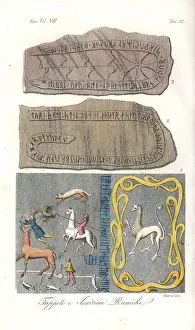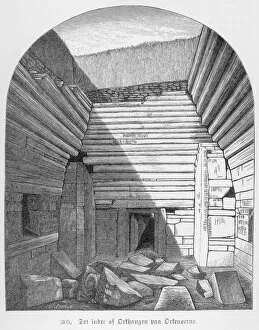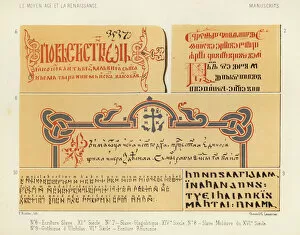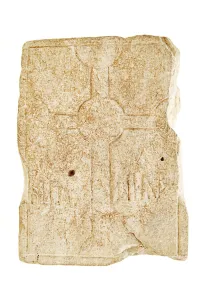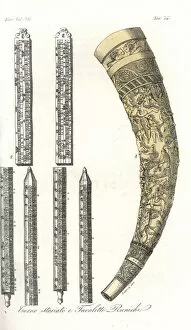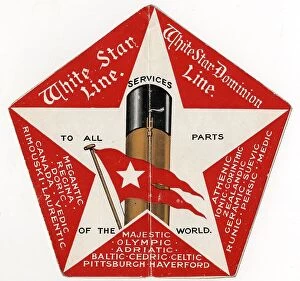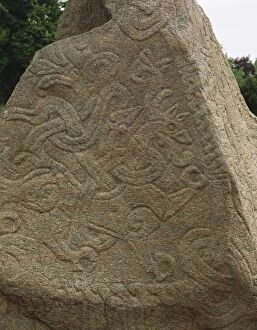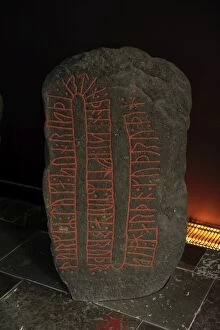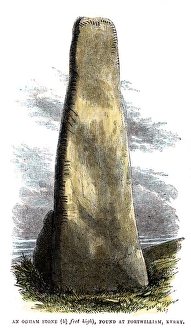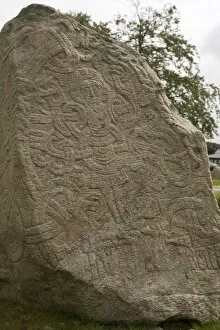Runic Collection
"Unraveling the Mysteries of Runic: Exploring Ancient Norse Symbols and Artifacts" Step into a world where ancient secrets are etched in stone, woven into tapestries
All Professionally Made to Order for Quick Shipping
"Unraveling the Mysteries of Runic: Exploring Ancient Norse Symbols and Artifacts" Step into a world where ancient secrets are etched in stone, woven into tapestries, and whispered through time. Runic, the language of the Vikings, holds a captivating allure that continues to fascinate scholars and enthusiasts alike. One cannot help but be mesmerized by the intricate carpet tapestries adorned with runic inscriptions. These masterpieces not only showcase artistic brilliance but also serve as windows into a forgotten era. They tell tales of conquests, heroic deeds, and mythical creatures that once roamed the lands. Venturing further back in time, we find ourselves within Maes-Howe's enigmatic interior. This Neolithic chambered cairn bears witness to runic markings left behind by our Viking ancestors. As we decipher these cryptic messages carved into its walls, we unlock fragments of their beliefs and rituals. Traveling across borders to Scotland, we encounter the Runic Cross of Crieff from the early 1900s. Standing tall amidst lush landscapes, this majestic monument proudly displays an alphabet steeped in Helsingeland's rich heritage. It serves as a testament to cultural exchange during times when runes were more than mere letters – they were conduits for communication between worlds. Delving deeper into history reveals another treasure from Tirsted - a Viking Age runestone dating back to the 10th century AD. National Museum preserves this remarkable artifact that depicts Odin astride his eight-legged horse Sleipnir; it symbolizes divine wisdom and transcendent knowledge passed down through generations. Beyond stone monuments lie unexpected encounters with runes on foldout promotional brochures like those used by White Star Line. These artifacts remind us how even mundane objects can bear traces of ancient languages intertwined with modernity. As if plucked from medieval manuscripts themselves comes "Reading The Runes, " a vibrant lithograph that captures the allure and mysticism surrounding runic symbols.

